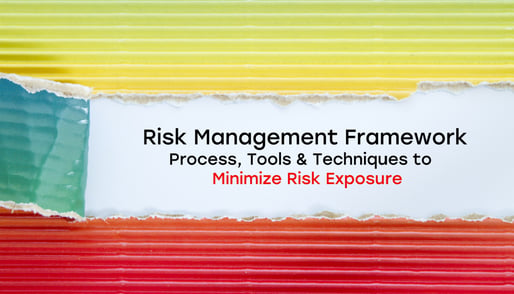Tags:
In this blog post, we will discuss the common misconception that moving to the cloud automatically ensures the security of your company's data and systems.
Understanding Cloud Security
Moving to the cloud is not a guarantee of security for your company. While cloud service providers do have security measures in place, it is important to understand that they are responsible for the security of the cloud infrastructure, not the security of your data or applications.
Companies often assume that by moving to the cloud, they are transferring the responsibility of security to the provider, but this is not the case. It is still the client company's responsibility to implement proper security measures and controls to protect their own data and systems.
Understanding the shared responsibility model is crucial when it comes to cloud security. While the cloud provider takes care of the security of the infrastructure, the customer is responsible for securing their applications, data, and user access.
Challenges of Cloud Security
There are several challenges that client companies face when it comes to cloud security:
1. Data breaches: Moving data to the cloud can increase the risk of data breaches if proper security measures are not in place. Companies need to ensure that their data is encrypted and access is restricted to authorized users only.
2. Compliance: Cloud computing introduces new compliance challenges as data is stored and processed in remote locations. Companies need to ensure that they comply with industry regulations and standards for data protection and privacy, which includes the location of where their data is stored and processed.
3. Lack of control: When data and applications are moved to the cloud, companies may feel a lack of control over their security. It is important to choose a reputable cloud provider and implement proper security measures to mitigate this risk.
4. Insider threats: Cloud environments can be vulnerable to insider threats, where authorized users misuse their access privileges. It is important to have proper user access controls and monitoring in place to detect and prevent insider threats.
Importance of Data Encryption
Data encryption plays a crucial role in cloud security. It ensures that even if data is intercepted, it cannot be accessed without the encryption key.
Encrypting data at rest and in transit provides an additional layer of security, especially when sensitive data is being stored or transmitted. It helps protect against unauthorized access and data breaches.
Implementing strong encryption algorithms and key management practices is essential to ensure the confidentiality and integrity of data in the cloud.
Implementing Multi-Factor Authentication
Multi-factor authentication (MFA) adds an extra layer of security to user authentication. It requires users to provide multiple forms of identification, such as a password and a unique code sent to their mobile device.MFA can help protect against password-based attacks, such as brute force and credential stuffing, by adding an additional barrier to entry.
By implementing MFA, companies can significantly reduce the risk of unauthorized access to their cloud resources. Even if an attacker manages to obtain a user's password, they would still need the additional factor to gain access.
Continuous Monitoring and Updates
Continuous monitoring and updates are essential for maintaining a secure cloud environment. Regularly monitoring the cloud infrastructure and applications helps detect and respond to security incidents in a timely manner. Keeping all software and systems up to date with the latest security patches and updates is crucial. This helps protect against known vulnerabilities and reduces the risk of exploitation by attackers.
.png?width=230&height=66&name=Logo%20Transparency-1%20(1).png)


.png?width=110&height=110&name=ancient-scroll%20(1).png)
Comments